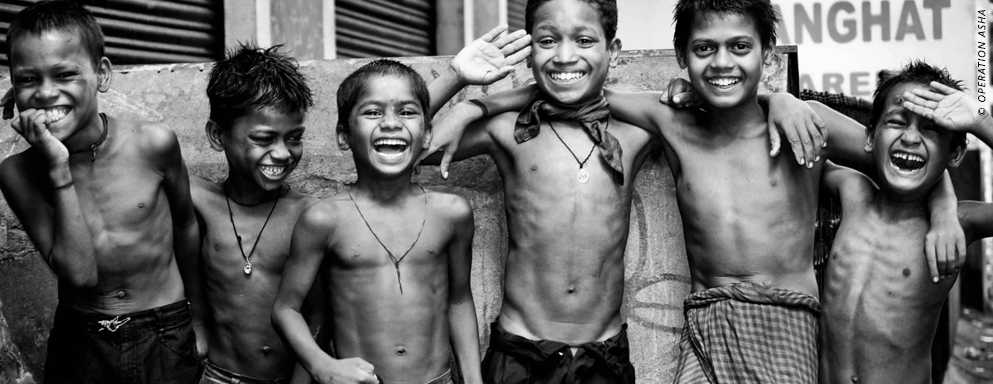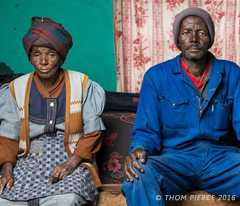The Hidden Epidemic: TB Among Children

Considered to be one of oldest illnesses known to man, TB poses the gravest threat to the world’s youngest inhabitants.
More than 1 million children annually – from India to Indiana, Botswana to Brazil -- become sick from this disease. Although children under the age of 15 are among those most vulnerable, most diagnostic tests for TB are unable to identify their disease; most available treatments are ineffective for younger victims; and an estimated 20 percent of all children with TB disease will die.
As a result, childhood TB has been dubbed “the hidden epidemic” – and with good reason. It has remained in the shadows for years and, in 2015, the WHO estimated that the true number of children living with TB infection is likely twice as high as previously thought.
Finding and treating children with TB is uniquely challenging. First, the disease manifests itself differently in children than it does in adults. When children have TB in their lungs, there are fewer TB bacteria present, making it nearly invisible to current diagnostic methods. Additionally, smaller children often cannot cough up the sputum samples needed to perform the diagnostic tests.
Treatment for children is even more complicated. TB drugs are rarely designed for the young, and do not come in child-friendly forms, like liquids. They’re often not made or packaged in smaller doses, and have not been tested for child-specific side effects, safety, or effectiveness.
Addressing the worldwide TB epidemic among children demands a multi-faceted approach. It also requires innovation, collaboration, and commitment
At CDC, we’re working side-by-side with local governments to better understand the burden of TB among children, so that we can develop the kinds of tools that can prevent infection and ensure a speedy cure for the millions of children who develop this potentially deadly disease.
- In Mozambique and Uganda, we’re working with partners to measure the burden of TB among children living with HIV and implementing household-based contact investigations to identify children at risk of TB.
- In Kenya, we’re working to identify the fastest, most effective way to diagnose TB in children, setting the global gold standard to increase diagnosis and treatment among this vulnerable population.
- And in countries around the world, CDC is leading the way to develop international pediatric TB guidelines, encouraging the integration of TB screening into routine pediatric health care, and scaling up HIV anti-retroviral treatment for children living with HIV and TB.
Despite these efforts, more needs to be done. One child lost to TB – an entirely preventable disease – is one child too many. The age-old scourge of childhood TB must be brought out of the shadows and into the daylight of modern medical treatments so that we can end the suffering and deaths caused by TB among the world’s children.
Resource
Read more
- Page last reviewed: March 20, 2017
- Page last updated: March 20, 2017
- Content source:


 ShareCompartir
ShareCompartir

